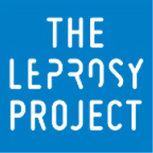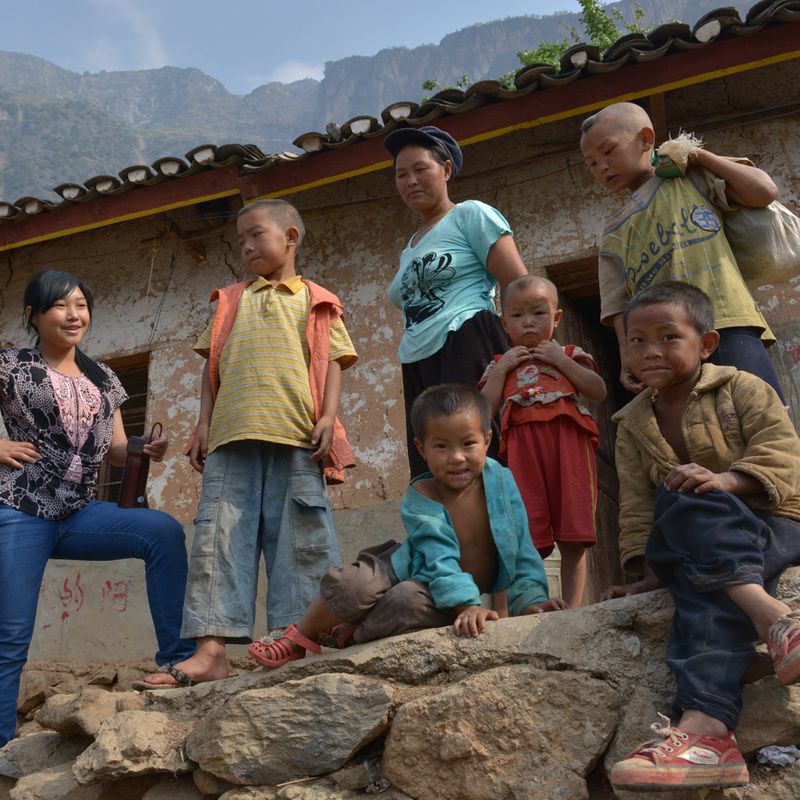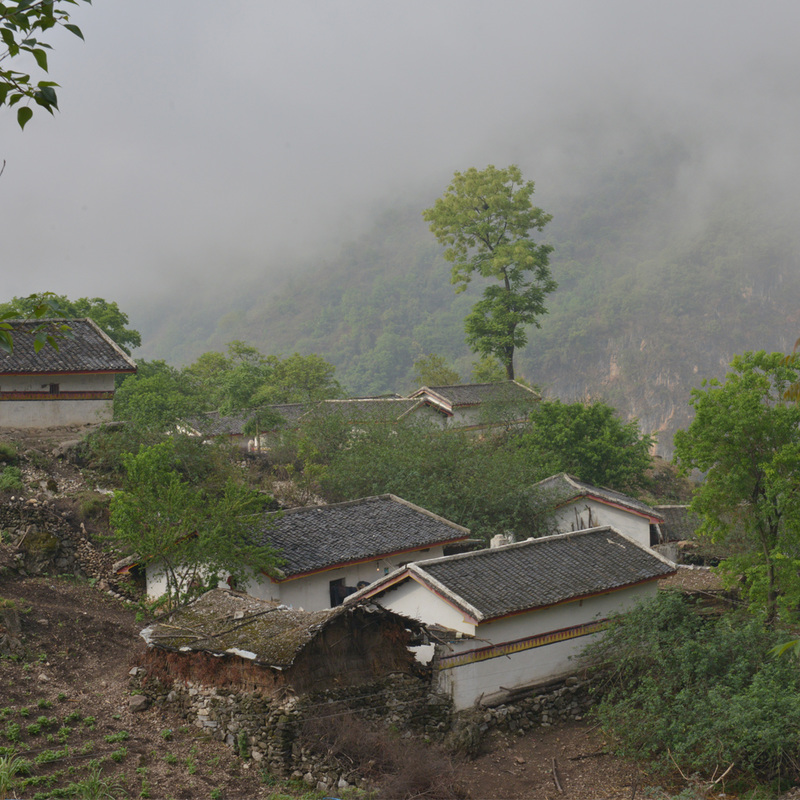The Leprosy Project serves 16 villages in this mountainous area of Sichuan. Click on the links below to see our areas of operations
Ganluo Huidong Huli Jinyang Leibo Luding Meigu Mianning Muli Puge Xide Yanbian Yanyuan Yuexi Zhaojue
|
Butuo
Year of Establishment: 1966 Population: 106 in 60 households Ethnicity: Yi People Affected By Leprosy: 46 (29 with visible disabilities) Geography: Butuo County is in the eastern side of Liangshan. The village is built on a mountain accessible only by unpaved footpaths on very deep slopes. The village spans on wide height range, rising from 500 meters above sea level to 1,500 meters. It takes 3 hours to walk from the village to the nearest market. Economy: Villages live in 4 clusters and work on a total of 580 acres of arable land. The soil is rocky and the productivity is slow. Villagers live on subsistence level and earn their income mainly from selling corn. Most of them raise some pigs and chickens for their own consumption during celebrations and festivals. Infrastructure: Partial power supply is generated by a micro hydro-generator made by the villagers. Communal water taps are installed in all of the four groups. Villagers live in old, poorly ventilated rammed earth houses. There are no medical facilities. Education: There is one primary school, which was built in 2005. There are 2 teachers and 42 students. Only one class is opened in each school year. |




